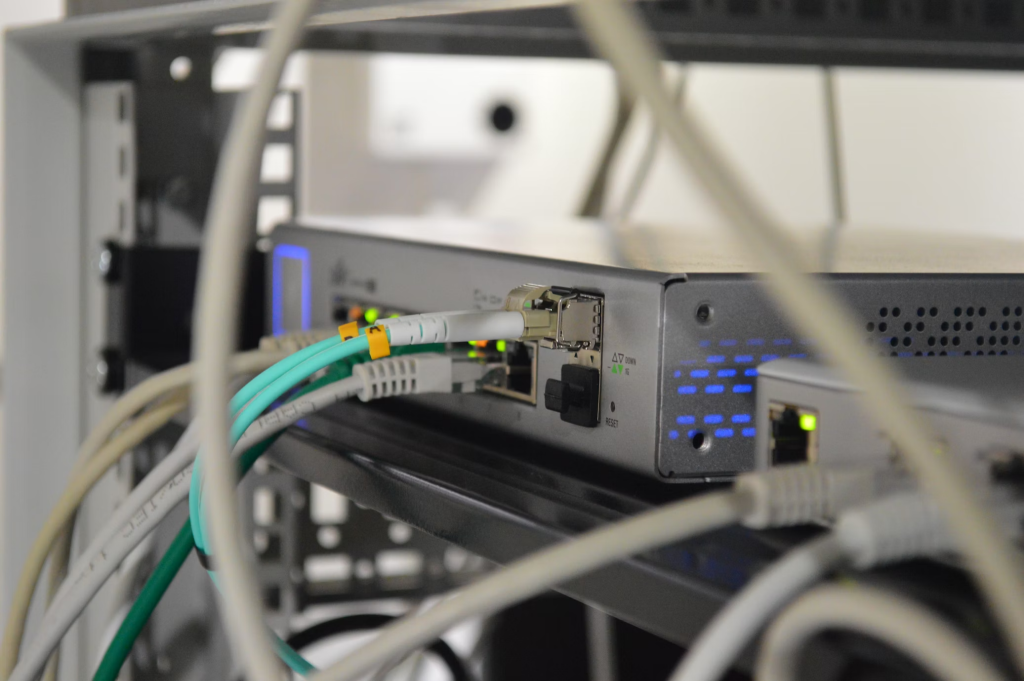Optical networks are incredibly intricate structures built up with thousands of switches, miles of optical fiber, and hundreds of minute components that assist with signal processing and transmission. From massive undersea cables powering connectivity for entire islands to overhead wires connecting households, optical networks are only scaling up in importance and complexity.
Evolving simulation tools have quickly become an invaluable asset for engineers and businesses trying to manage that scale, here’s why.
Pre-Deployment Testing
Last-gen organizations deploying optical networks didn’t have the benefit of simulations. Often, a smaller-scale model would be built for testing in the field. While this could work well enough for smaller areas with limited connectivity, planners had no way of accurately accounting for dynamic conditions in the future, including:
- Minor network components malfunctioning during operation
- Massive influxes in user activity
- Failsafes if storms or other outages were to occur
Now, software can account for these factors and so much more. Network simulation tools like OPNET and the OptiSPICE plugin can help with everything from physical layer planning to optoelectronic circuit simulation.
For example, network operators can easily test and compare optical network performance using hundreds of different components at a time without having to create a physical testbed in the preliminary stage. This has two key benefits:
- Higher Efficiency: Rapidly being able to pick and choose the most efficient components for an optical network naturally translates to a better experience for the end user. Companies can perform QoS (Quality of Service) testing to cut down on problems like packet loss and boost speeds by estimating real metrics like topology and any physical constraints that might cause network issues after deployment.
- Lower Costs: A more efficient network can be a more affordable network. Operators can save on massive overhead costs caused by outages and frequent maintenance with better optical network planning, and pass those savings on to the end-user.
Empowering R&D
Simulation tools improve testing both in and out of the field. Software can now be used for complex equipment engineering, including components like routers, wavelength multiplexing equipment, and physical layer switches. Engineers can test out and implement new ideas in their prototypes, shortening the planning-testing-deployment cycle significantly. For instance, software like capacity planning tools provides researchers with a clear schematic of existing network architectures and what they can/cannot safely change.

The most well-known result of better R&D is the lightning-fast deployment of 5G networks across dozens of lower-income countries in 2023.
The open source movement is also contributing to R&D for optical networks. Open-source platforms like GNPy have made the industry more competitive for new entrants, giving them the power to perform crucial physical layer simulations without being tied up in an unaffordable mess of licenses.
Easier Troubleshooting and Monitoring
Say a network operator has recently gone through the trouble of replacing their network switches in an area with a faster alternative. Normally, they would have to keep a team nearby on-site to respond to issues and monitor performance, not to mention the extra costly downtime if the network goes down and a problem needs to be diagnosed.
Now, simulation tools can cut distance (almost!) out of the equation. Engineering teams can monitor network performance in real time and prepare for outages in advance. For example, companies can use simulation data to bring new personnel up to speed and train them to deal with potential problems. Being able to plan for these issues enables a much faster response if something does go wrong.
Challenges
There are still a few notable hurdles that network planners are reckoning with, despite the incredible new opportunities. One of the bigger issues is the lack of easy access to vendor-agnostic tools. Certain big vendors are still locking their simulation tools behind unaffordable licenses and red tape, and popular open-source tools like GNPy can’t quite fill in all the gaps yet.

It’s also worth remembering that simulations, no matter how advanced, aren’t always going to be perfect. Operators often have to deploy networks in new topographies and social contexts, and even the smallest variable can affect the way the network functions in real time. Additionally, businesses still have to perform expensive field testing to validate their simulations.
The solution lies in standardizing optical network models, making it easier for different operators and software providers to collaborate and compare technologies. Similarly, the industry needs more platforms for open collaboration.
Next-Gen Optical Network Planning
Simulation tools are defining the way optical network operators plan and deploy their models. By driving down costs, increasing connectivity, and pushing the envelope with R&D, these tools are allowing operators to transform the way the world connects.






